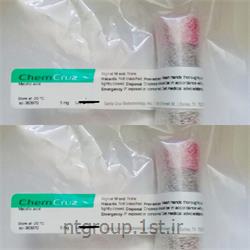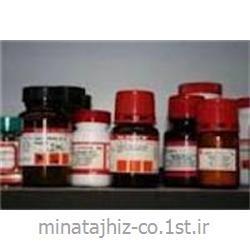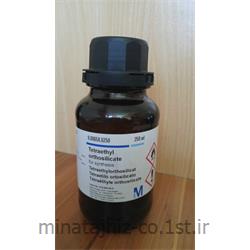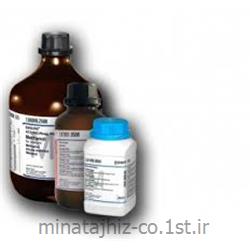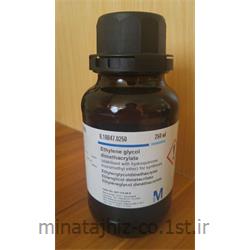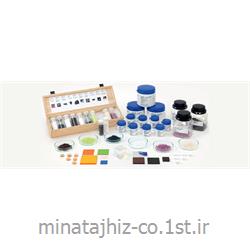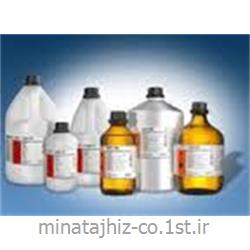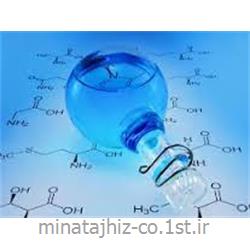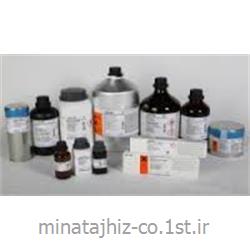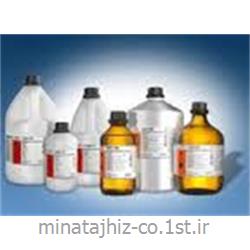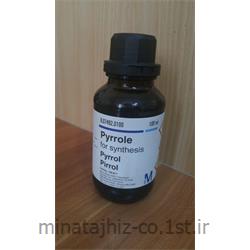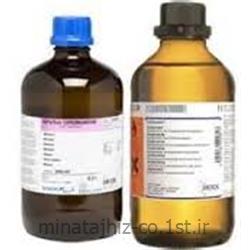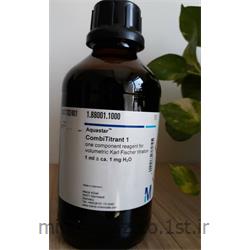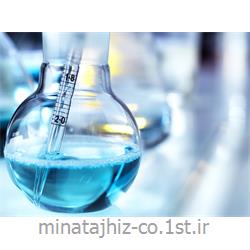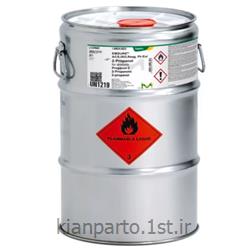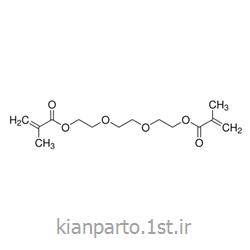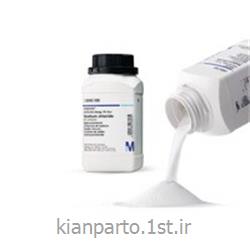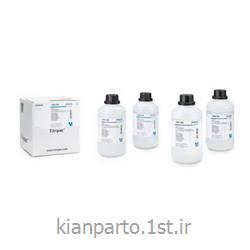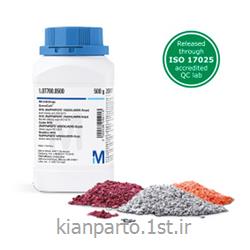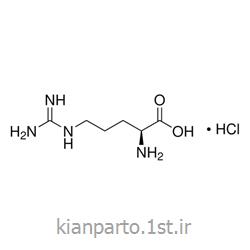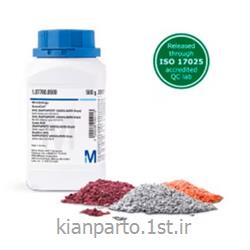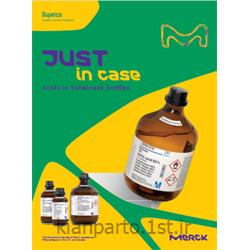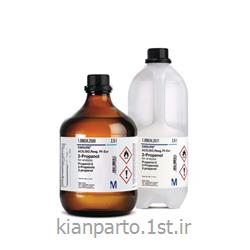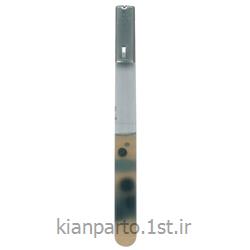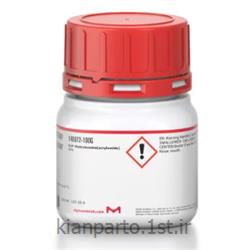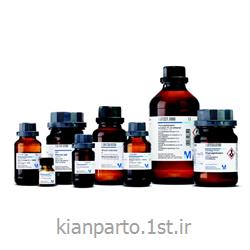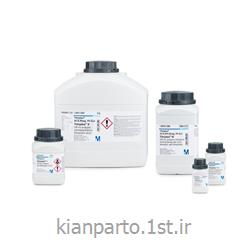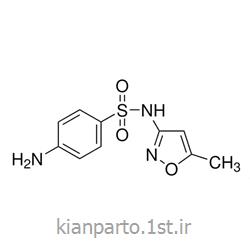| Description | |
|---|---|
| Catalogue Number | 105032 |
| Synonyms | Potash caustic |
| Product Information | |
|---|---|
| CAS number | 1310-58-3 |
| EC index number | 019-002-00-8 |
| EC number | 215-181-3 |
| Grade | Ph Eur,BP,JP,NF,FCC,E 525 |
| Hill Formula | HKO |
| Chemical formula | KOH |
| Molar Mass | 56.11 g/mol |
| HS Code | 2815 20 00 |
| Physicochemical Information | |
|---|---|
| Density | 2.04 g/cm3 (20 °C) |
| Melting Point | 360 °C |
| pH value | 14 (56 g/l, H₂O, 20 °C) |
| Solubility | 1130 g/l |
| Toxicological Information | |
|---|---|
| LD 50 oral | LD50 Rat 333 mg/kg |
| Safety Information according to GHS | |
|---|---|
| Hazard Pictogram(s) |   |
| Hazard Statement(s) | H290: May be corrosive to metals. H302: Harmful if swallowed. H314: Causes severe skin burns and eye damage. |
| Precautionary Statement(s) | P280: Wear protective gloves/ protective clothing/ eye protection/ face protection. P301 + P330 + P331: IF SWALLOWED: Rinse mouth. Do NOT induce vomiting. P305 + P351 + P338: IF IN EYES: Rinse cautiously with water for several minutes. Remove contact lenses, if present and easy to do. Continue rinsing. P308 + P310: IF exposed or concerned: immediately call a POISON CENTER or doctor/ physician. |
| Signal Word | Danger |
| RTECS | TT2100000 |
| Storage class | 8B Non-combustible, corrosive hazardous materials |
| WGK | WGK 1 slightly water endangering |
| Disposal | 13 Bases and alcoholates should be diluted if necessary by carefully stirring them into water and then neutralized (protective gloves, fume cupboard!) with hydrochloric acid (Cat. No. 100312). Before placing in container D, check the pH with pH universal indicator strips (Cat. No. 109535). |
| Safety Information | |
|---|---|
| Hazard Symbols |  Corrosive Corrosive |
| Categories of danger | harmful, corrosive |
| R Phrase | R 22-35 Harmful if swallowed.Causes severe burns. |
| S Phrase | S 26-36/37/39-45 In case of contact with eyes, rinse immediately with plenty of water and seek medical advice.Wear suitable protective clothing, gloves and eye/face protection.In case of accident or if you feel unwell, seek medical advice immediately (show the label where possible). |
| Storage and Shipping Information | |
|---|---|
| Storage | Store at +5°C to +30°C. |
| Transport Information | |
|---|---|
| Declaration (railroad and road) ADR, RID | UN 1813 , 8, II |
| Declaration (transport by air) IATA-DGR | UN 1813 , 8, II |
| Declaration (transport by sea) IMDG-Code | UN 1813 , 8, II, Segregation Group: 18 (Alkalis) |
| Specifications | |
|---|---|
| Assay (acidimetric, KOH) | ≥ 85.0 % |
| Assay (total alkalinity calc. as KOH) | 85.0 - 100.5 % |
| Assay (K) | ≥ 59.9 % |
| Identity | passes test |
| Appearance of solution | passes test |
| Insoluble substances | passes test |
| Carbonate (as K₂CO₃) | ≤ 2.0 % |
| Chloride (Cl) | ≤ 0.008 % |
| Phosphate (PO₄) | ≤ 0.002 % |
| Silicate (SiO₂) | ≤ 0.01 % |
| Sulfate (SO₄) | ≤ 0.005 % |
| Total nitrogen (N) | ≤ 0.0005 % |
| Heavy metals (as Pb) | ≤ 0.0005 % |
| Al (Aluminium) | ≤ 0.001 % |
| As (Arsenic) | ≤ 0.0003 % |
| Ca (Calcium) | ≤ 0.002 % |
| Cu (Copper) | ≤ 0.0005 % |
| Fe (Iron) | ≤ 0.001 % |
| Hg (Mercury) | ≤ 0.00001 % |
| Na (Sodium) | ≤ 1.0 % |
| Pb (Lead) | ≤ 0.0002 % |
| Zn (Zinc) | ≤ 0.0025 % |
| Residual solvents (Ph Eur/USP/ICH) | excluded by manufacturing process |
| Elemental impurity specifications have been set considering ICH Q3D (Guideline for Elemental Impurities). Class 1-3 elements are not likely to be present above the ICH Q3D option 1 limit, unless specified and indicated (*). |
|
| Conforms to Ph Eur, BP, JP, NF, FCC, E525 Conforms to the purity criteria on food additives according to the current European Commission Regulation. |
|
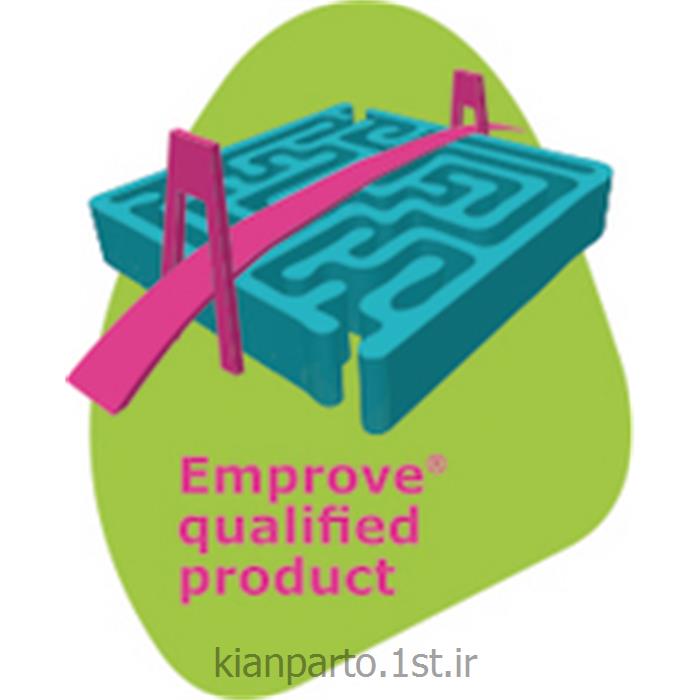




 سفارش آنلاین
سفارش آنلاین

 ضمانت سلامت فیزیکی
ضمانت سلامت فیزیکی ضمانت اصالت کالا
ضمانت اصالت کالا

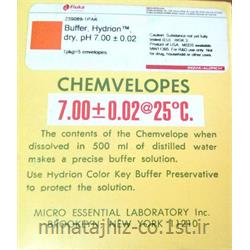

-%d9%86%db%8c%d8%aa%d8%b1%d8%a7%d8%aa-%d9%85%d8%b1%da%a9-%da%a9%d8%af-102276.jpg)
